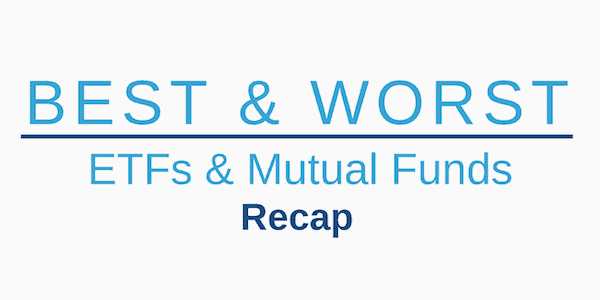At the beginning of each quarter, we rank each of the twelve ETF and Mutual Fund “style” categories from best to worst with our Style Ratings Report. These rankings are forward-looking and indicate how each style should perform going forward.
This analysis is available to Professional and Institutional members and enables investors to better allocate capital by identifying which funds to buy and which funds to avoid. More reliable & proprietary fundamental data, as shown in The Journal of Financial Economics, provides a new source of alpha and drives our research. Our Robo-Analyst technology[1] empowers our unique ETF and mutual fund rating methodology, which leverages our rigorous analysis of each fund’s holdings.[2]
Some of the best funds include Distillate U.S. Fundamental Stability & Value ETF (DSTL), GMO U.S. Opportunistic Value Fund (UUOAX), SPDR Portfolio MSCI Global Stock Market ETF (SPGM), and Fidelity SAI U.S. Quality Index Fund (FUQIX). Some of the worst funds include Invesco NASDAQ Future Gen 200 ETF (QQQS), Kinetics Paradigm Fund (KNPAX), Motley Fool Small Cap Growth ETF (TMFS), and Dunham Small Cap Value Fund (DASVX).
Last quarter’s Style Ratings can be found here. Last quarter’s Style Recap is available here.
The following are our style analyses for the second quarter of 2025.
- All Cap Blend
- All Cap Growth
- All Cap Value
- Large Cap Blend
- Large Cap Growth
- Large Cap Value
- Mid Cap Blend
- Mid Cap Growth
- Mid Cap Value
- Small Cap Blend
- Small Cap Growth
- Small Cap Value
This article was originally published on April 24, 2025.
Disclosure: David Trainer, Kyle Guske II, and Hakan Salt receive no compensation to write about any specific stock, style, or theme.
Questions on this report or others? Join our online community and connect with us directly.
[1] Harvard Business School features the powerful impact of our research automation technology in the case New Constructs: Disrupting Fundamental Analysis with Robo-Analysts.
[2] See how our models and financial ratios are superior to Bloomberg and Capital IQ’s (SPGI) analytics in the detailed appendix of this paper.
